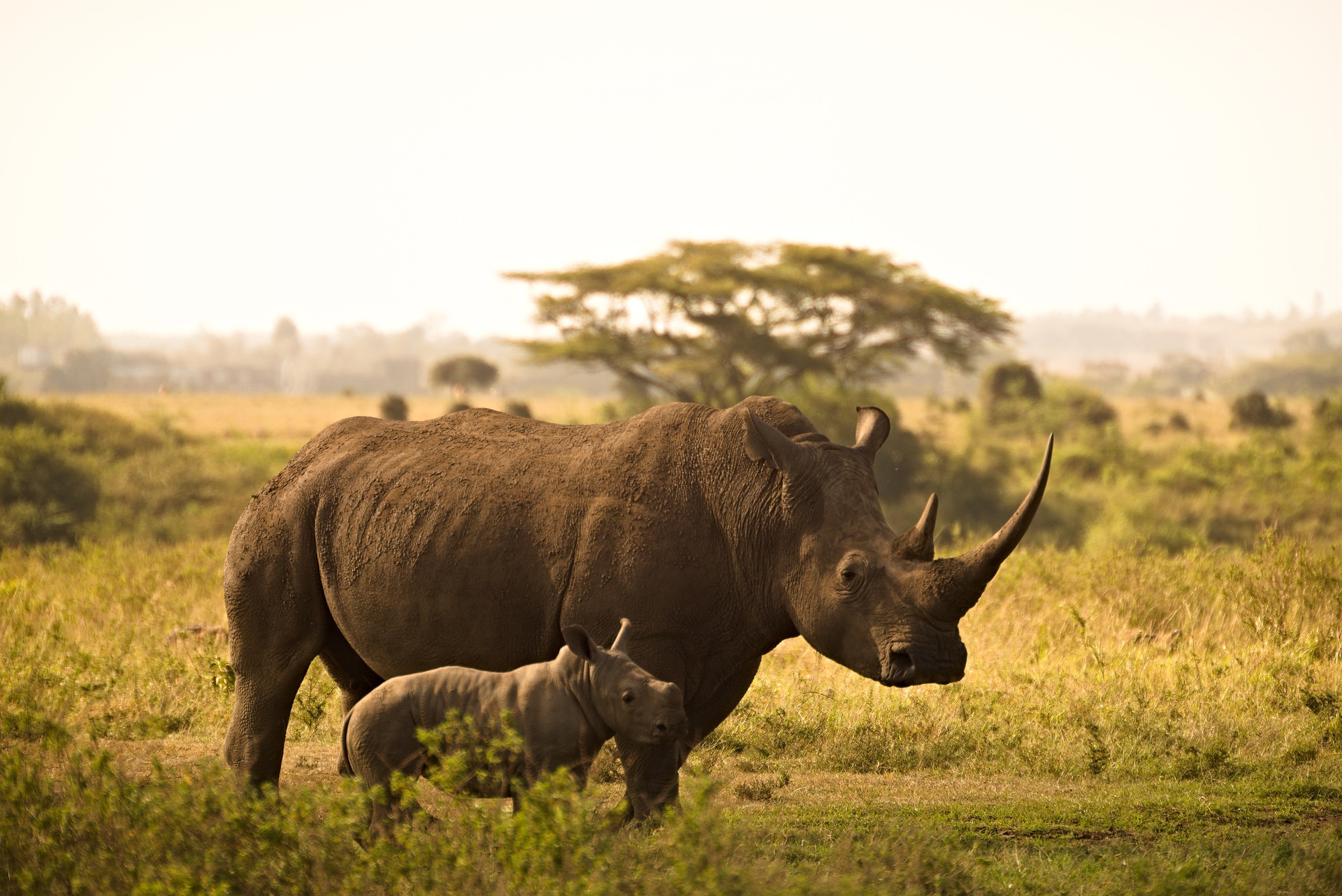At the beginning of the 20th century, the worldwide rhino population numbered 500,000 animals. A hundred years later, only 26,000 survive. Illegal poaching for horn has decimated rhino populations, with at least 1 rhino killed every single day in Africa. Habitat loss and fragmentation caused by ever-increasing human populations also poses a severe and growing threat.
If these trends continue, we could lose most of the world’s rhinos within our lifetime – along with the savannahs, grasslands and rainforests that rhinos and many other species call home. International Rhino Foundation is celebrating May 5th (the 5th day of the 5th month) by raising awareness about the need to protect the five rhino species and their habitats.
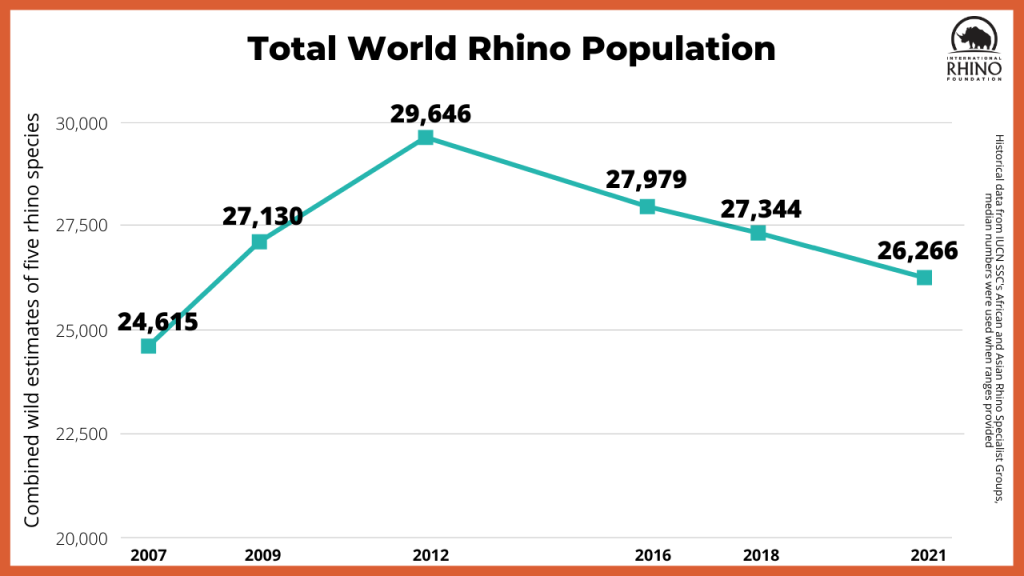
The 5 rhino species
The two African rhino species, white and black, are found in fifteen countries: Angola, Botswana, Chad, Democratic Republic of Congo, Eswatini, Kenya, Malawi, Mozambique, Namibia, Rwanda, South Africa, Tanzania, Uganda, Zambia and Zimbabwe. The population of white rhinos has decreased by almost 12% in the last four years, from an estimated 18,067 to fewer than 16,000 today. Between 1970 and 1993, the population of black rhinos has decreased by 96% from approximately 65,000 to only 2,300 surviving in the wild. Since 1996, intense anti-poaching efforts and strategic translocations to safer areas have allowed the species to slowly recover.
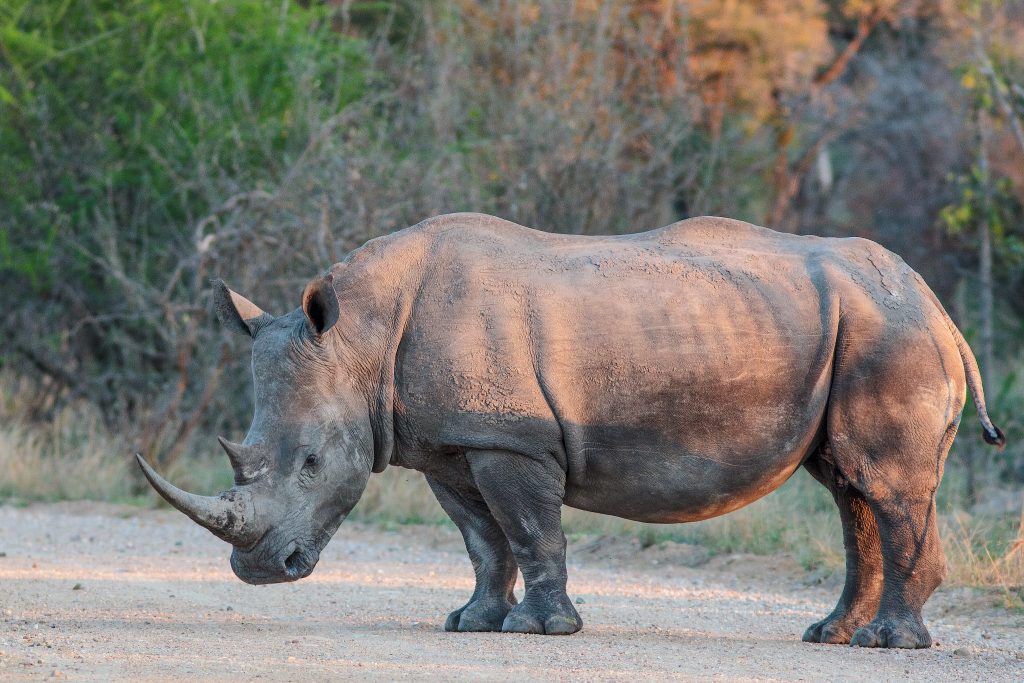
The Asian Rhino Specialist Group announced that the greater one-horned rhino, found only in India, Nepal and Bhutan, has increased to 4,014. The population is growing largely due to the governments of India and Nepal creating habitat for rhinos, while also preventing poaching.
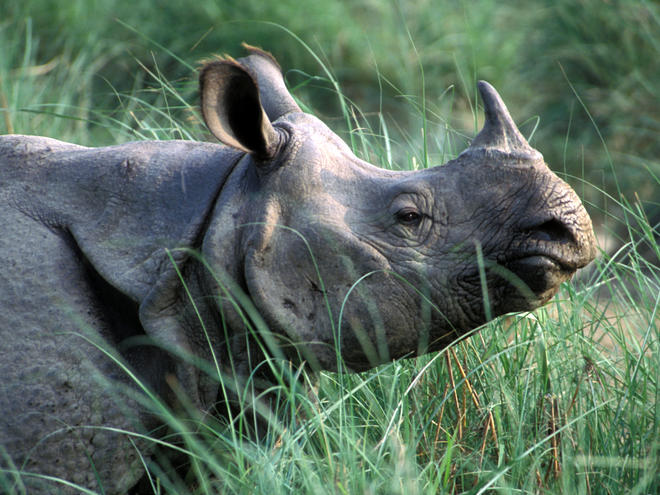
Indonesia is home to two of the five remaining rhino species – the Javan rhino and the Sumatran rhino. Indonesia’s Ministry of Environment and Forestry estimated the Javan rhino population at just 76 in 2022. Asian Rhino Specialist Group and TRAFFIC estimated the Sumatran rhino population at just 34-47.
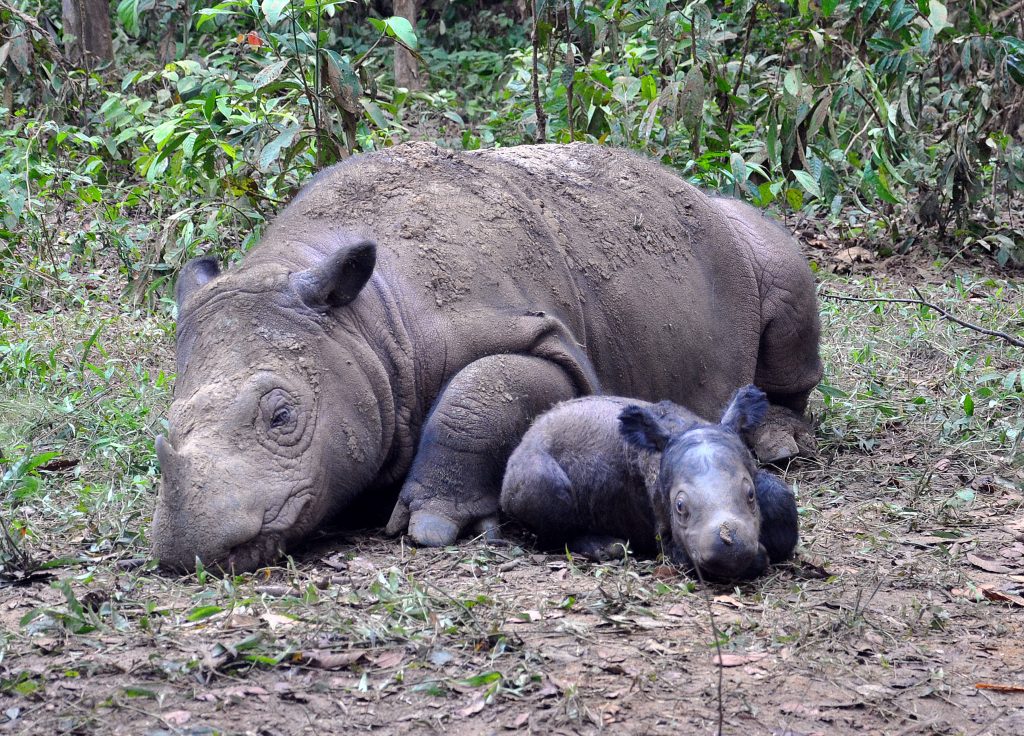
International Rhino Foundation
With the support of our amazing clients, LEX is proud to share the work of International Rhino Foundation as our annual Giving Back partner.
Despite the dire threats rhinos face, there is hope. The greater one-horned rhino is a success story – a species that has recovered from fewer than 100 individuals in northern India and the lowlands of Nepal to over 4,000 animals today, thanks to strict protection and conservation measures.
The greater one-horned rhino’s recovery provides a blueprint – and hope – for the four other rhino species. International Rhino Foundation is:
- Bolstering anti-poaching activities: More than one rhino is killed by poachers each day in Africa and IRF supports monitoring and protection.
- Restoring wildlife habitats: IRF supports programs and hires local workers to remove invasive species in Indonesia and India. In Sumatra, Indonesia, IRF is working with Way Kambas National Park to replant degraded sections of rainforest. In India and Nepal, they work with local partners to remove invasive species and restore habitats for wildlife.
- Partnering with local communities: IRF ensures that people living close to rhinos – who often are struggling as a result of poverty and environmental degradation – will serve as active partners in wildlife protection and reap direct benefits from conservation efforts.
- Managing conservation breeding programmes.
- Reducing the demand for rhino horn by addressing consumer perceptions.
- Supporting scientific solutions: IRF has invested more than $2 million in research grants to support rhino conservation.
It’s not too late to save rhinos from extinction.
During May LEX is donating 1% to give more time to rhino species at risk of extinction. If you wish to donate to the International Rhino Foundation appeal, please visit here.
